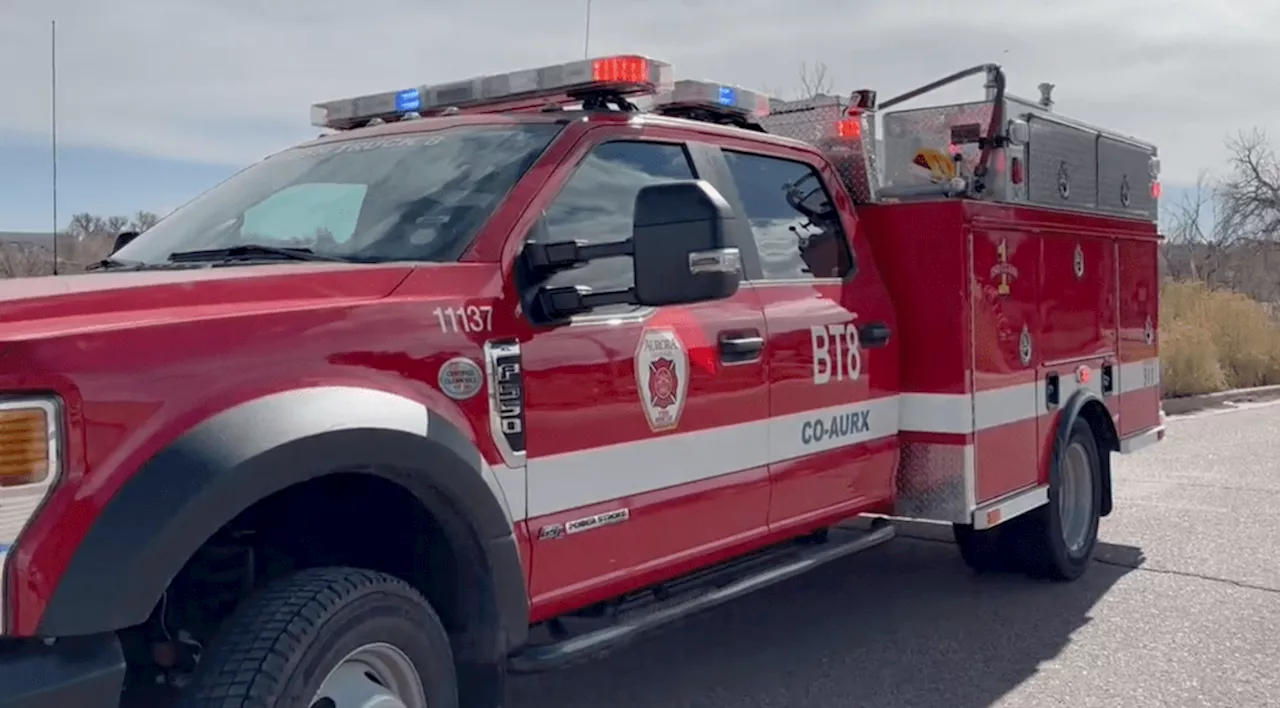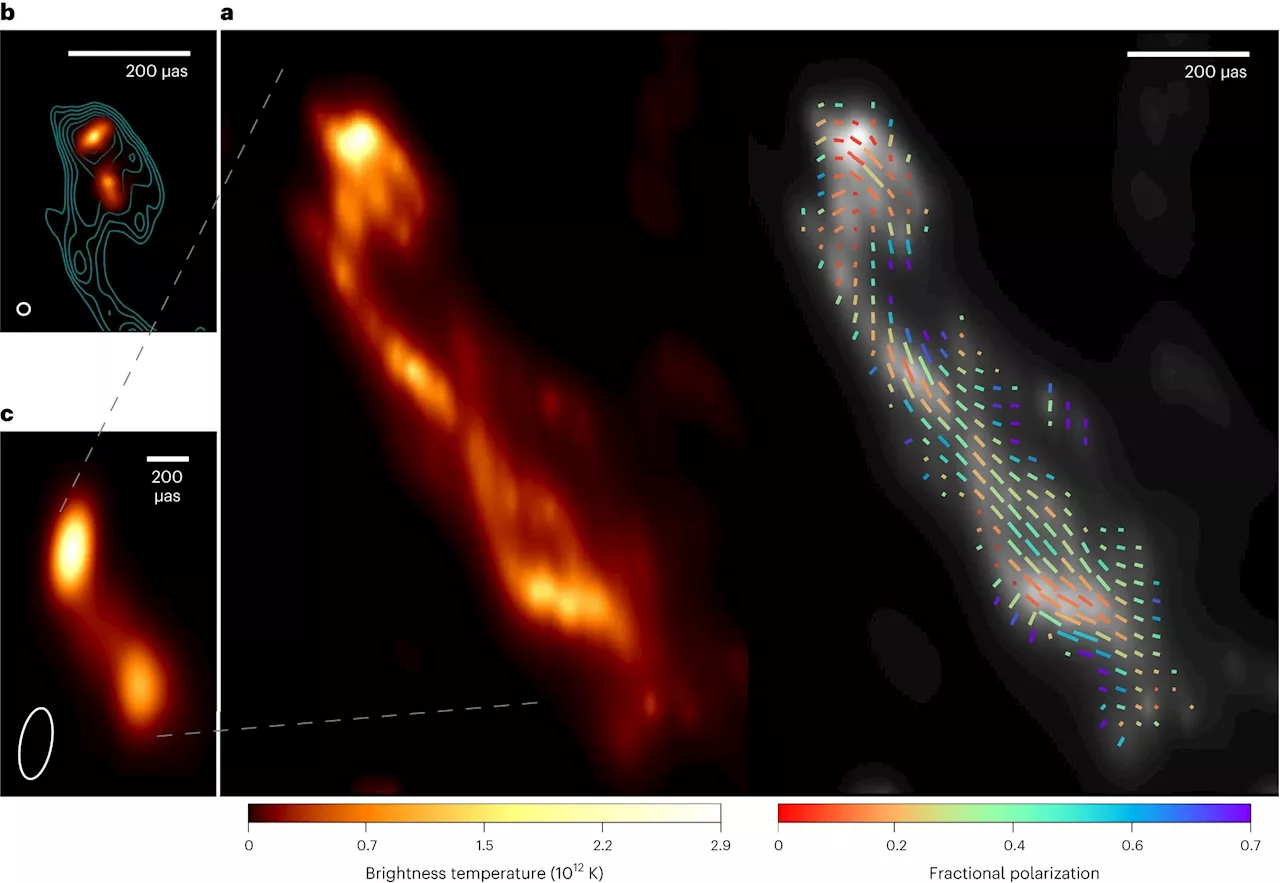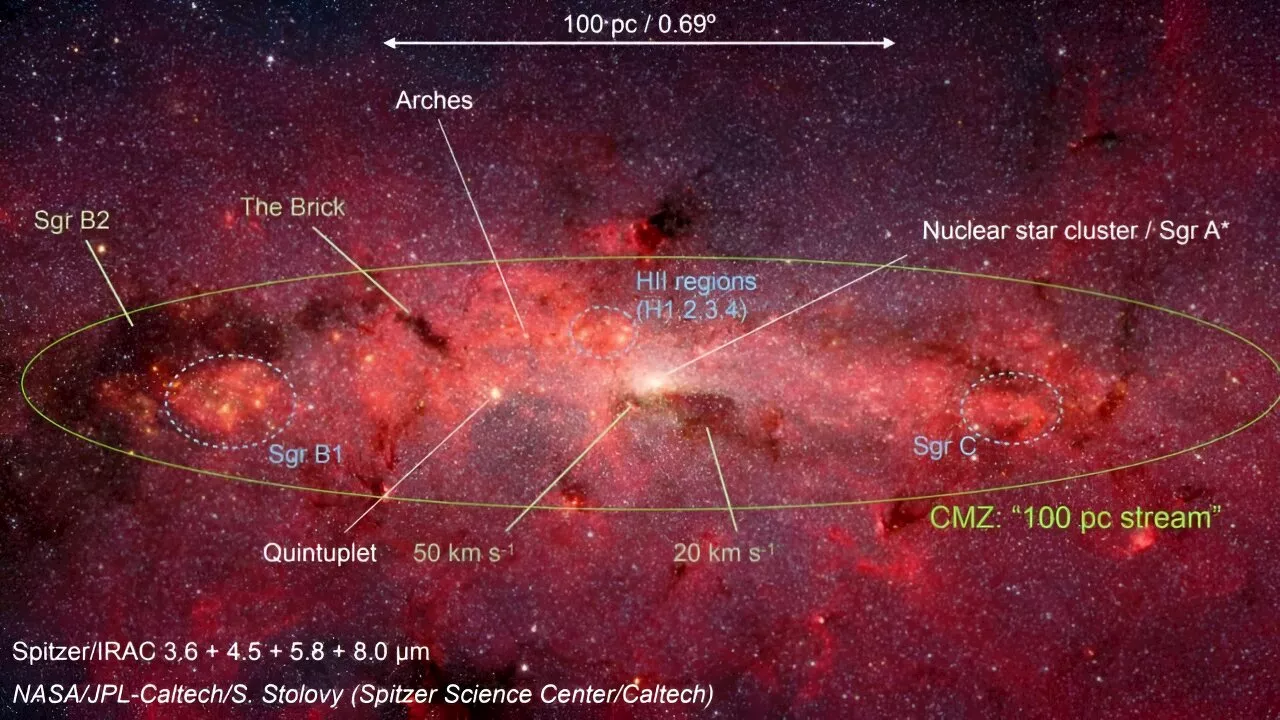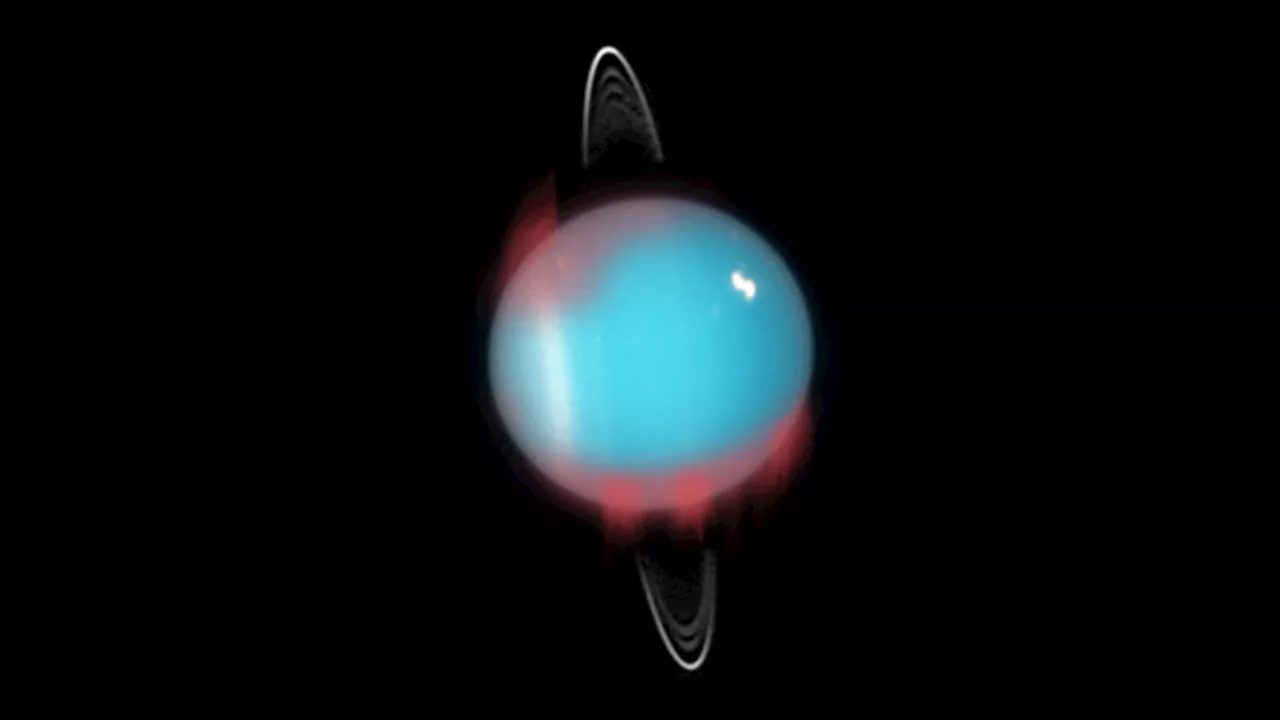The planet’s atmosphere is mixing with particles, producing a newly discovered infrared aurora.
Feast your eyes on Uranus’ glowing edges. We’re serious—a team of astronomers has spotted a new aurora on the seventh planet from the Sun, glowing at infrared wavelengths. Ultraviolet aurorae were first spotted on the planet in 1986, but an infrared aurora had never been seen before. The aurora’s discovery was made with the Keck II Telescope’s Near-Infrared Spectrograph and reported this week in Nature Astronomy.
In April, the $10 billion Webb Space Telescope imaged the planet’s dusty rings—tough to spot in older space telescope imagery but clear as day to Webb’s perceptive gaze. Hubble images published in March 2023 showed how the planet’s rotational axis had shifted, tilting Uranus’ north pole toward the Sun.
United States Latest News, United States Headlines
Similar News:You can also read news stories similar to this one that we have collected from other news sources.
 Aurora firefighters working 2-alarm commercial fireAurora firefighters are working a 2-alarm commercial fire in southeast Aurora.
Aurora firefighters working 2-alarm commercial fireAurora firefighters are working a 2-alarm commercial fire in southeast Aurora.
Read more »
![]() Google’s New Image Verification Tool Can Help Spot AI FakesGoogle's new image verification tools can help spot fake images in search results and provide Google users with more complete information.
Google’s New Image Verification Tool Can Help Spot AI FakesGoogle's new image verification tools can help spot fake images in search results and provide Google users with more complete information.
Read more »
Massive new rooftop bar is the biggest SF party spot in yearsChotto Matte opened its largest site in San Francisco on Saturday. The restaurant offers sweeping views of Union Square.
Read more »
 Books & Records cornering the market as hot new neighborhood spot in Bankers HillFounded by the team behind the casual Common Stock eatery in Hillcrest, the 2-month-old B&R offers flavorful food, a creative cocktail menu and live jazz music
Books & Records cornering the market as hot new neighborhood spot in Bankers HillFounded by the team behind the casual Common Stock eatery in Hillcrest, the 2-month-old B&R offers flavorful food, a creative cocktail menu and live jazz music
Read more »
 Astronomers capture formation of a powerful cosmic jetUsing a network of radio telescopes on Earth and in space, astronomers have captured the most detailed view ever of a jet of plasma from a supermassive black hole. The jet travels at nearly the speed of light and shows complex, twisted patterns near its source.
Astronomers capture formation of a powerful cosmic jetUsing a network of radio telescopes on Earth and in space, astronomers have captured the most detailed view ever of a jet of plasma from a supermassive black hole. The jet travels at nearly the speed of light and shows complex, twisted patterns near its source.
Read more »
 Astronomers want JWST to study the Milky Way core for hundreds of hoursTo understand the universe, we need to understand the extreme processes that shape it and drive its evolution. Things like supermassive black holes (SMBHs,) supernovae, massive reservoirs of dense gas, and crowds of stars both on and off the main sequence.
Astronomers want JWST to study the Milky Way core for hundreds of hoursTo understand the universe, we need to understand the extreme processes that shape it and drive its evolution. Things like supermassive black holes (SMBHs,) supernovae, massive reservoirs of dense gas, and crowds of stars both on and off the main sequence.
Read more »
